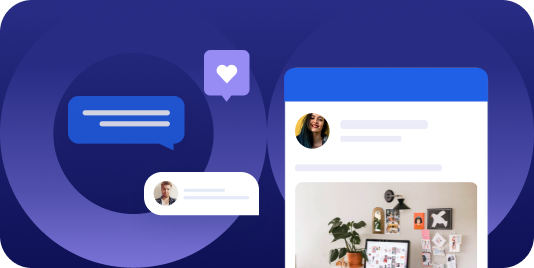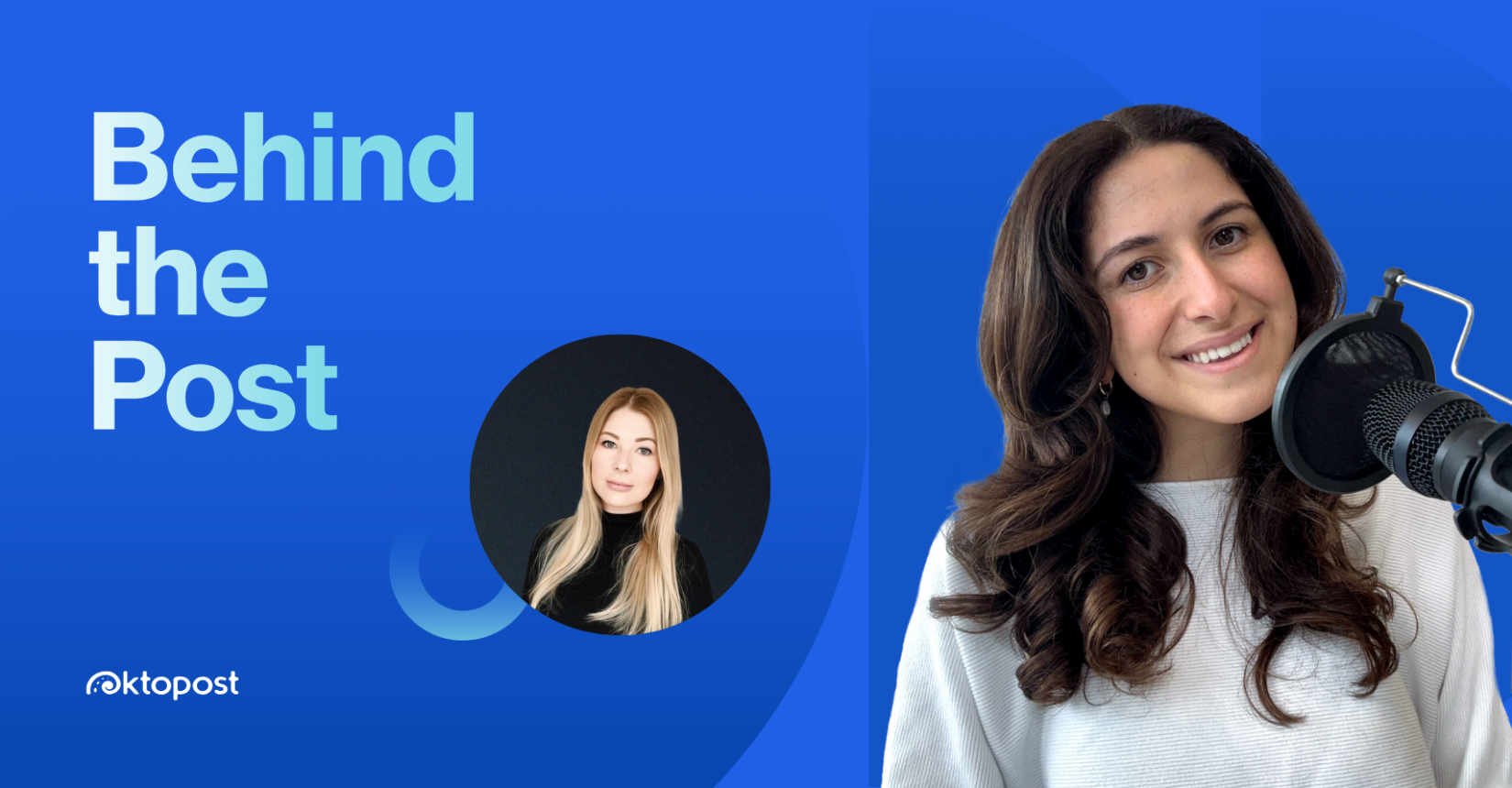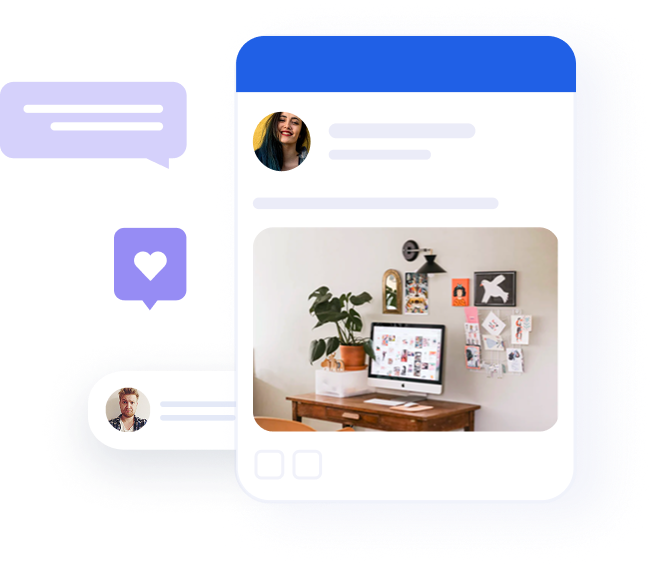How B2B brands can build real communities through social media

Table of contents
“Community” has become a B2B marketing buzzword. Like “engagement” and “authenticity”, it sounds great in theory, but it proves elusive in practice. After all, when was the last time your company’s LinkedIn page sparked an actual conversation between professionals?
It most likely doesn’t happen every day, and that’s normal on B2B social media. In B2C, brand communities form naturally around shared interests. Fans connect over sneakers, software, or skincare without the brand needing to do much. But it’s much harder for a B2B company to build a social media community. The topics are specialized, and B2B buyers come seeking insight, not entertainment.
Does that mean that community is out of reach for B2B brands?
Not at all, but the goals are different. In B2B, community building is less about emotional connection and more about sharing expertise and professional validation. None of that can be faked or outsourced to your audience themselves.
Let’s take a look at what it takes to build a community on B2B social media.
Why community building should be part of every B2B marketing strategy
Community is the connective tissue between marketing, customer success, and brand advocacy. For B2B companies with long buying cycles and multiple decision-makers to reach, trust and peer validation matter more than any single marketing campaign.
A thriving community can:
- Build brand awareness and credibility through authentic conversations.
- Create brand loyalty loops that turn existing customers into advocates.
- Provide peer validation that influences purchase decisions.
B2B organizations are increasingly investing in roles like Customer Enablement Managers, Community Directors, and Product Evangelists. These are clear signs that pre- and post-sale engagement is becoming a strategic priority.
When people connect through learning and shared expertise, they become invested in your brand. And that connection drives retention and revenue in ways traditional advertising simply can’t.
The rise of dark social in B2B marketing
Professionals gather where they feel safe to speak freely. For some, that’s Slack groups, WhatsApp chats, Reddit threads, or niche industry forums. These peer-driven spaces offer authenticity and candor that corporate channels can’t always replicate. The challenge for B2B social media marketers is that this professional engagement increasingly happens off-platform, in private or semi-private conversations that make up “dark social.”
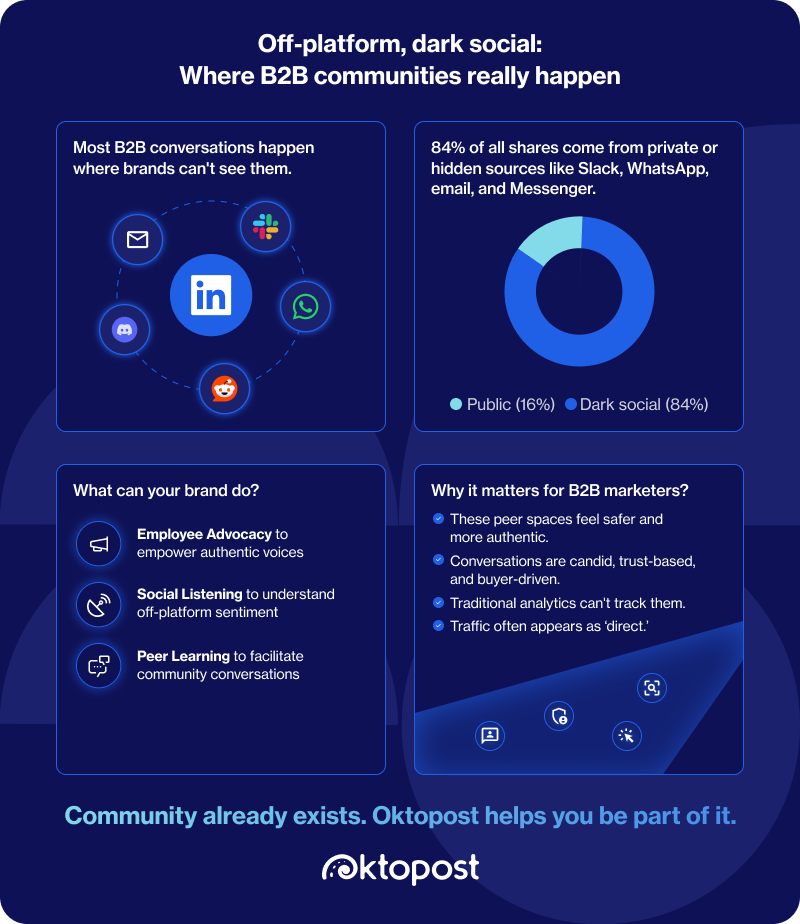
So if a community already exists, what role can a brand realistically play?
Recommended for further reading
Three corporate strategies that actually drive community
One of the biggest challenges in B2B social media is that corporate pages alone are not enough. A company’s social channels can absolutely foster community, but only if they serve as a platform for people, not for promotion.
Here’s how that shift happens:
1. Employee advocacy programs
When employees share company content from their own profiles, it transforms corporate messaging into a human conversation. Employee networks are trusted and often reach a target audience far beyond branded pages. Leveraging these networks is an indispensable part of modern B2B content strategy.
Oktopost’s Advocacy Board gives marketers a shortcut to reaching these networks. It helps teams discover and share pre-approved content and track engagement. The platform finally offers marketers a way to link employee-driven reach to actual ROI.
2. Resource hubs and thought leadership
Great B2B communities focus more on serving than selling. Marketers should aim to turn corporate pages into hubs for practical insights and expert takeaways. If users are coming to your page when they’re looking for templates and industry data, you are moving in the right direction.
3. Recognition and belonging
Community thrives when members feel seen. Highlight customer success stories, feature partner voices, and showcase employee achievements. Recognition builds identity, and identity builds brand loyalty. Some of the most successful B2B brands are building brand communities that provide this for their users and potential customers:
- HubSpot created a thriving learning community where users exchange marketing tips and certifications.
- Salesforce’s Trailblazer Community connects millions of professionals around skill-building and shared purpose.
- IBM empowers experts to lead discussions on AI, sustainability, and data ethics. This positions the brand as a facilitator, not a gatekeeper.
Lessons from the Duolingo of B2B: who’s getting it right
In B2C, Duolingo has become synonymous with community-led engagement: learning through play and sharing experiences. What does the equivalent look like in B2B?
A few standout B2B businesses are getting it right:
1. Notion
Notion has turned its product into a movement. Beyond its feature set, it built a creator-driven ecosystem of templates, tutorials, and user-led communities on Reddit, Slack, and even local meetups.
2. Figma
Figma’s community operates like a design playground. Users share plugins, templates, and prototypes that help each other succeed. The company’s open collaboration model mirrors Duolingo’s approach to social learning: frictionless and self-sustaining. Every community contribution deepens loyalty and product adoption.
3. HubSpot
HubSpot is arguably the closest thing to the Duolingo of B2B. Through HubSpot Academy, certification programs, and user-led discussion spaces, it turned marketing education into a shared journey. They’re teaching inbound marketing, but that’s not all they’re doing. They’re cultivating a generation of practitioners who identify with the HubSpot ecosystem. When they enter positions of influence and can make decisions about CRMs, HubSpot will be their natural first choice.
These brands have all invested in creating low-barrier communities that enable users to contribute and sustain momentum through strong social proof.
The role of AI in scalable community engagement
Building a community at scale isn’t easy. It requires continuous attention and listening, which many B2B marketing teams simply don’t have. AI can handle the heavy lifting here, saving you time. Oktopost’s own AI agent, built directly into the publishing workflow, helps marketers interact with their data conversationally, asking questions like:
- How many posts do I have lined up for the campaign about our latest report?
- Which campaign performed best on Saturdays?
By turning data into dialogue, the AI makes it easier to uncover trends and get quick advice from within your Oktopost instance. It handles the insight and optimization work so humans can spend their time interacting and building connections.
Meeting places, not megaphones
So, can B2B social media become a real community? Yes, but it’s not about pushing messages into the void. It’s about creating environments where professionals want to show up. If those professionals identify your social media pages and communities as a source of value, they’ll be more likely to visit them, interact, and take the next step. To make every part of your marketing efforts count, you need real-time visibility into where your audience connects, shares, and decides.
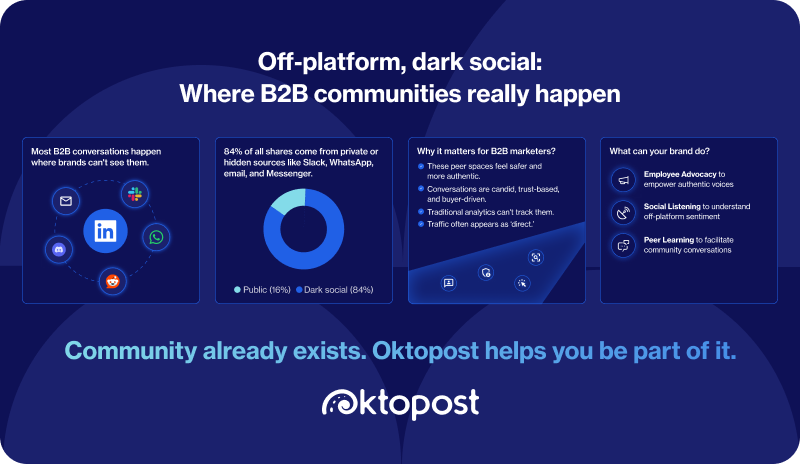
How Oktopost makes community building measurable
Book a demo to learn how Oktopost helps you track, measure, and engage where it matters most.
